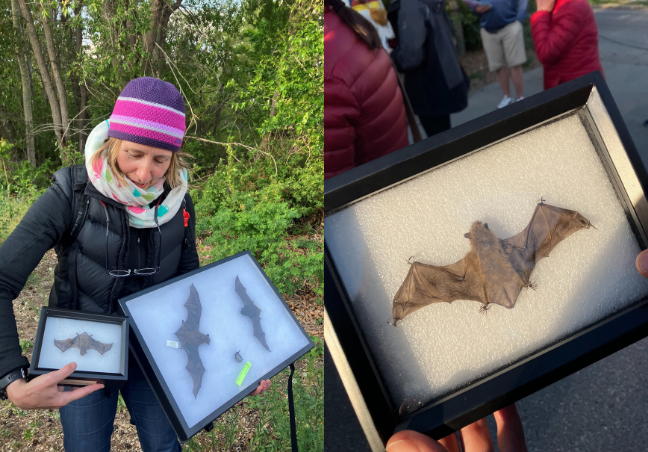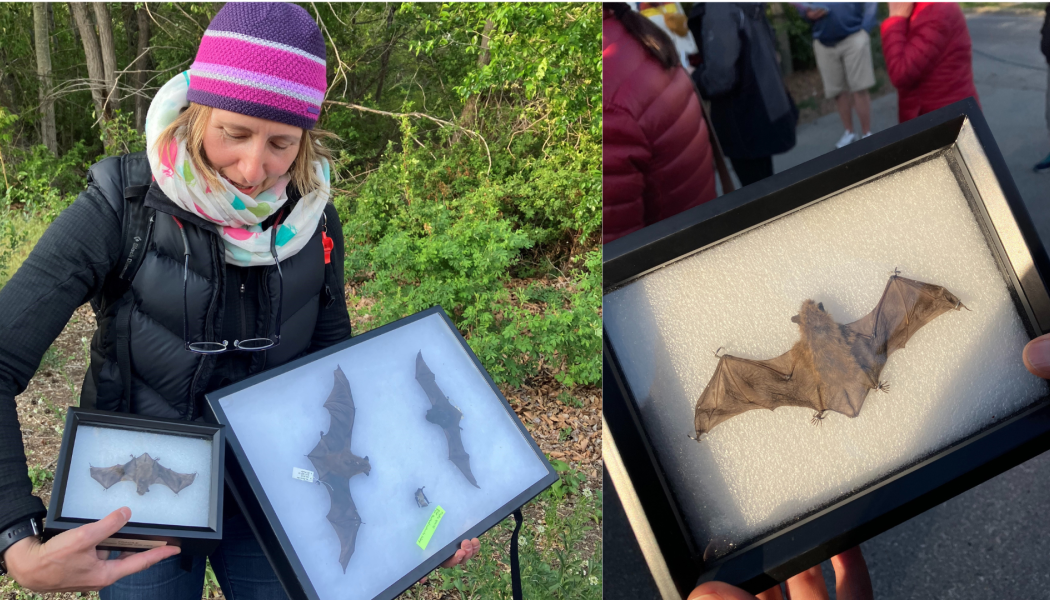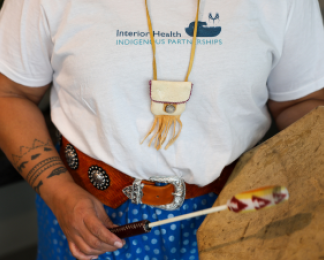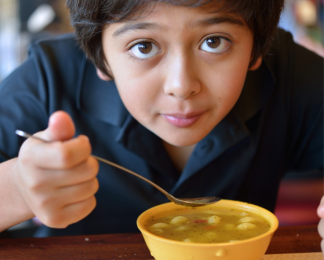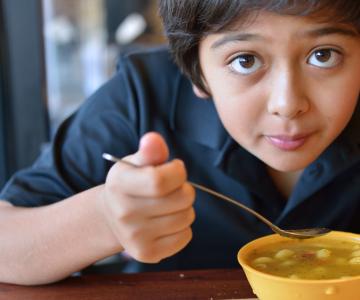Barbara was enjoying the sunset on her porch on a warm summer evening in Penticton when a bat fell on her legs.
“It flapped around a bit, fell on the deck, flapped around a bit more, then flew away,” she recalls. “I felt its soft, skin-like wings on my legs. My husband and I looked at each other, shrugged, and carried on with our evening.”
A few days later, she recounted the story to a friend. “She told me to get myself to the hospital. I learned that you should get a rabies shot after any interaction with a bat because they can leave tiny scratches you may not notice.”
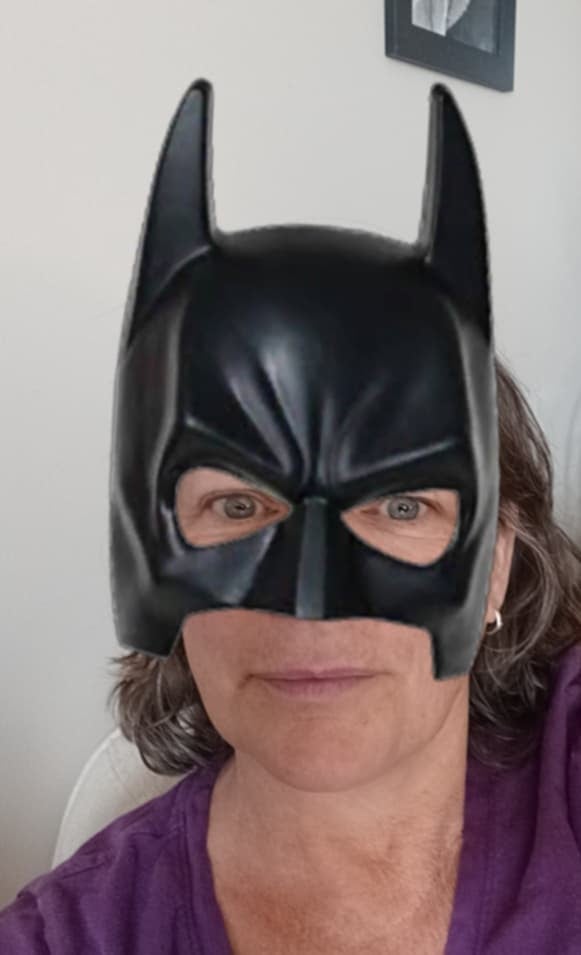
Bats are fascinating mammals that play an essential role in B.C.'s ecosystem and provide natural pest control. They can eat their weight in insects (including mosquitoes) in one night. All bats in Canada eat nothing but insects and arachnids (spiders and scorpions), and in most cases, only flying insects. Half of the species in B.C. are considered vulnerable or threatened.
But love them or loathe them, bats can also carry diseases that can be transmitted to humans, including rabies. Rabies is a very serious disease caused by a rabies virus. It's transmitted through saliva (spit), usually by the bite of a mammal. If not treated in time, a rabies infection is almost always fatal. It’s important to know that it typically takes 3–8 weeks before rabies symptoms start in humans—but can be much longer. If you wait until the symptoms appear, it’s usually too late to start effective medical treatment.
In B.C., between four and eight per cent of bats that come into contact with people test positive for the rabies virus. When the general population of bats is randomly sampled, less than 0.5 per cent of bats tested positive for rabies. In 2024, 140 people in the region were treated for potential exposure to rabies.

